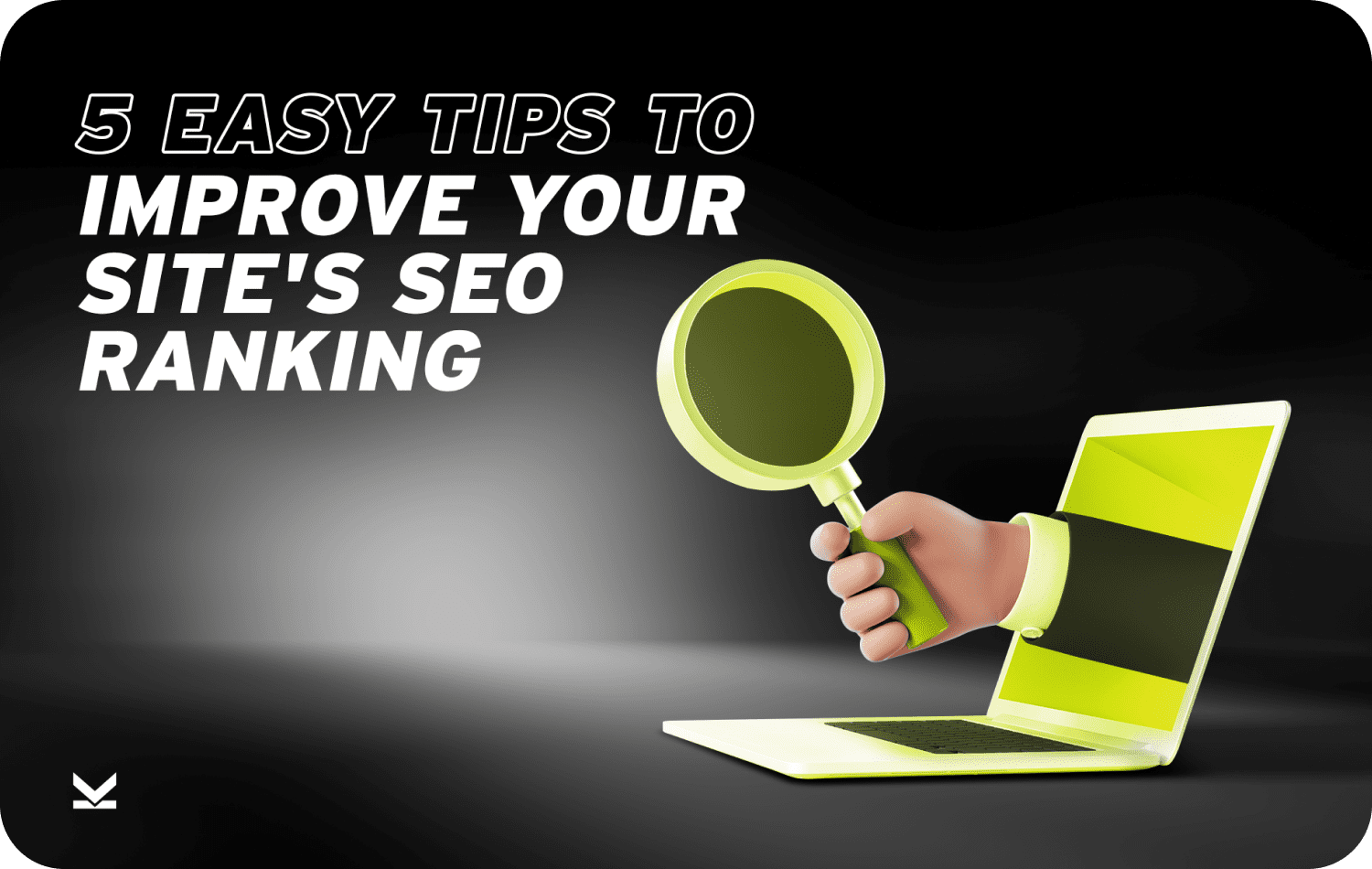The visibility of your products and your website, in general, is one of the key contributing factors in the success of your business. Your potential customers need to know that you exist. So, you try to increase your visibility which can then increase your website traffic, generate more leads, and have more people to convert into customers and buy your products. This is where SEO and SEM come into play.
Search engine optimization (SEO) and search engine marketing (SEM) are very familiar concepts to digital marketers. Although the terms may be related and can sometimes refer to similar activities and have common goals, the processes are quite distinct. In the earlier days, SEO was a part of SEM, but as the ever-evolving nature of the internet goes, both have come to refer to completely different types of digital marketing. Still, the terms are often confused with one another and can be hard to differentiate.
But don’t worry! We’ve got you covered. In this article, we’ll break down the key differences between SEO & SEM, and discuss which would be the better choice for your business or audience.
First, Let’s Define SEO & SEM
SEO, or search engine optimization, is the process of increasing the visibility of your website and, in turn, increasing your ranking in search results pages. Search engines rank websites based on different factors. Google, for example, ranks pages based on 210 different factors. Websites employ different SEO techniques and strategies to increase their authority and visibility. And remember, the goal is to acquire traffic. An example of an SEO strategy is link-building.
On the other hand, we have SEM, short for search engine marketing, referring to paid methods of acquiring traffic. Instead of trying to increase your authority and work on the other 209 factors, you can pay Google for a search ad and have your ad placed on top of the search results page.

When we searched for the keywords “best sustainable brands us,” the 4 topmost results were all search ads, and believe it or not, no other brand websites were on the first page.

This is an example of Search-Engine Marketing (SEM).
The Differences Between SEO & SEM
Perhaps the most important way to differentiate the two is that SEO acquires organic traffic while SEM acquires paid traffic. You work for the traffic you acquire in SEO while you pay for the traffic in SEM. It’s not to say that you don’t work for SEM; there is still copy that needs to be written and images to be shot and edited, but SEO does take the cake in terms of needed effort. Creating content, consistent posting, link-building, and staying on top of new practices, among many others. These differences also result in a disparity in the time frame when you can expect results. SEM can produce results almost as soon as you launch your campaigns, while SEO efforts can take months to years to achieve success.
Another difference between the two is the channels where the traffic comes from. In the case of SEO, the channel is mostly limited to search engines. After all, the main goal is to increase your ranking in search results pages which helps encourage prospects to click on your link. On the contrary, traffic acquired through SEM can come from different channels. It can come from search ads, yes, but it can also come from display ads and local ads. Remember that the Google Display Network has over 2 million websites, so your traffic can come from any of those. Because SEM has different channels, it also provides an opportunity to target specific audience sets, whilst SEO does not.
Because SEO primarily focuses on your content, it’s mainly inbound marketing. This type of marketing requires you to engage with your audience, provide quality content, spread awareness, and encourage people to come to your website and eventually make a purchase. SEM utilizes both inbound and outbound marketing. SEM pushes customers further down the buying journey through relevant paid ads on search engines and related placements.
SEO v. SEM: Which should I focus on?
In an ideal world, you would invest in both SEO and SEM, and a combination of both will boost your visibility enough to boost lead generation and conversion rates.
However, some companies, especially small businesses or start-ups, may not have the bandwidth to do both at the same time. At least in the beginning. Choosing one may be necessary. So here comes the question: If both are ways to get traffic, is one superior to the other? When does it make sense to choose one over the other? And…here we go again; there’s no fixed answer. You’re probably tired of hearing that, but it’s the truth. The choice of choosing SEO or SEM will depend on your specific business needs, your goals, and your resources.
When to Choose SEO
We’ll start with SEO’s most obvious advantage: budget. SEO does not require a lot of budget. Of course, hiring someone to make the content, search and utilize keywords, design for the content, and others will cost money. But you must remember that you’re only paying for labor here, while SEM costs money to launch, on top of the labor costs of producing your ads.
SEO is also the better choice for engaging your audience and building trust. It builds your community slowly but surely, encouraging loyalty. Trust is fostered when they can turn to you for questions related to your industry and recognize the value you provide your customers or prospects for free!
In short, if any of the following is true for you, you might want to consider SEO over SEM:
- You have a lower budget.
- You want to build a loyal customer base.
- You want to foster trust.
When to Choose SEM
If you have the budget but don’t have the manpower or the knowledge to maintain and keep up with SEO trends properly, SEM will be the better choice. SEM also produces results faster, at times, as soon as you launch a campaign. Just consider Google Shopping ads as an example. If your product is on top of the search results page with a picture, price, and description, it’s already way ahead of the game compared to product pages that potential customers need to scroll down for. Even if it doesn’t produce results instantaneously, the results are still faster than SEO. SEM also makes it possible to target your audience. You can choose to place your ads in front of people who are likely to be interested, e.g., demographics or previous interest in the product. Targeting also allows you to target users that are at the bottom of the funnel, meaning they are ready to buy, which means a higher conversion rate.
If you check one or more of the following, consider SEM over SEO:
- You want faster results.
- You don’t have the knowledge to maintain SEO properly.
- You have a specific target audience.
- You want to target bottom-of-the-funnel users.
SEO & SEM Together
In a perfect world, your company will have both the financial resources to invest in SEM and the time and effort required to run SEO strategies. While we’ve emphasized the difference between SEO and SEM, ultimately, a strategy incorporating both SEO and SEM will greatly benefit the company. You can take advantage of each of their strengths and supplement the weaknesses with strategies from the other. Imagine the visibility of your website when you have both organic and paid traffic. SEO can take care of your longer-term plans, especially in terms of building relationships with your customers and creating a community. Meanwhile, SEM can focus on getting fast results and high conversion rates.
Benefits of Using SEO & SEM Together
Bring More (and Quality) Traffic
Since both SEO and SEM work towards acquiring traffic, using both can help your website increase traffic. But not only a substantial amount of traffic but traffic that is more likely to convert as well. SEO helps build a loyal customer base, and SEM places your product and messaging in front of a targeted audience.
Knowing Your Audience
Your SEO and SEM results highly depend on your ability to target the right audience and deliver valuable content to them. Using both together will gather enough data for you to understand customer behavior, and help you respond to your target audience’s unique needs and wants.
Remember, the success of using either one or both simultaneously also depends on your ability to keep track of your results through consistent experimenting, testing, analyzing, and various performance assessments. Like most other digital marketing efforts, what works can differ based on your audience and the kind of product or service you’re offering, in addition to the ever-evolving nature of digital marketing. To keep up with recent trends, check out our blog.
Schedule a free strategy session with one of our marketing experts today to discover new ways to grow your business online.




